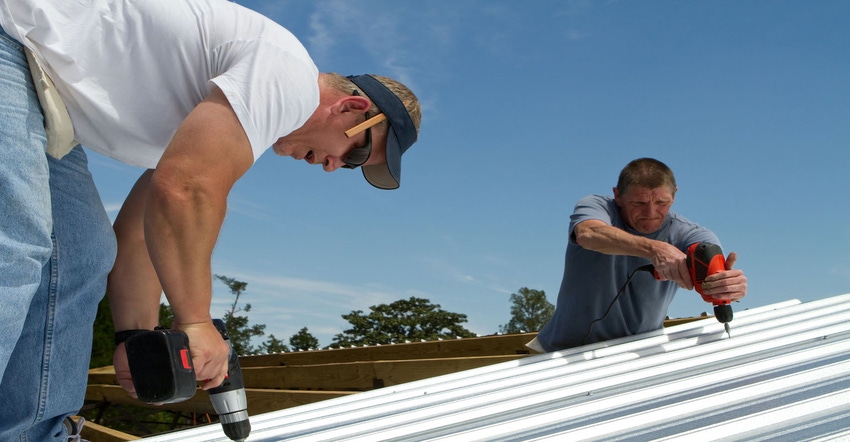Many contractors adopted new business models by limiting their offerings to more specialized services," wrote Kermit Baker, a former senior research fellow at the Center.

Annual spending on improvements to owner-occupied homes now exceeds $260 billion—the amount spent doubled over the past two decades— according to the Joint Center for Housing Studies Improving America’s Housing 2021 report.
After adjusting for inflation, that's an average increase of just over 2% per year, per JCHS.
The unexpected strength of the home remodeling market made 2020 the 10th consecutive year of expansion for the improvement industry, according to the report.
"In response to this growth, many contractors adopted new business models by limiting their offerings to more specialized services," wrote Kermit Baker, a former senior research fellow at the Center and project director of the Remodeling Futures Program. "In doing so, they have been able to increase the efficiency and scale of their operations. As such, the home improvement industry is becoming more concentrated, with larger contractors garnering a larger share of overall market spending."
The share of spending on improvements installed by professional contractors has grown steadily in recent decades, Baker said. From 2010 to 2019, homeowners largely relied on professional contractors for projects, the report states.
2020 was a different beast, as COVID-19 led to a boost in do-it-yourself (DIY) projects—however, the pandemic has been "something of a boon for the remodeling industry by forcing a variety of housing and lifestyle changes that encourage improvement spending," the report says.
Looking back at the 2010s, the report states that spending for capital improvements and routine maintenance of owner-occupied homes increased nearly 50% from $225 billion at the end of the Great Recession in 2010 to $327 billion in 2019.
In 2019, homeowner improvements continued to account for fully two-thirds of the remodeling market, per the report.
Replacement projects—which includes upgrades to roofing, siding, windows—accounted for 46% of total expenditures that year, JCHS found.
Per the JCHS report, the total 2019 expenditures were (in millions) $29,272 for roofing; $6,133 for siding and $13,785 for windows or doors.
The report points out that while professionally installed improvement activity unsurprisingly plummeted right after the March 2020 lockdown, contractor workloads continued to improve, ending the year above year-earlier levels.
The study cited surveys conducted by The Farnsworth Group and the Home Improvement Research Institute (HIRI) that found that exterior specialty trade contractors—companies that upgrade or replace roofing, siding, or windows—reported a surge in activity just a few months into the pandemic.
"Twenty years ago, the pro share of project activity by dollar volume was roughly 75%, and the most recent data in 2019 had it climbing to a new high of almost 83%," Baker wrote.
"The past two decades have seen a move toward specialization among contractors in the remodeling industry," Baker added. "Some of the most common categories of contractor specialties are within the exterior replacements segment: Roofing, siding, windows and doors, and other exterior components. Indeed, these project categories account for about 20% of all spending annually by owners on improvements.
"Though still extremely fragmented, the home improvement industry has seen growing levels of concentration over the past two decades. Most of this concentration is the result of the growth of a few large businesses serving the industry," he continued. "These larger businesses have the resources for more sophisticated marketing programs, typically are in a better financial position to withstand the challenges of the inevitable business cycle, and generally have a broader client mix that helps generate a more stable income stream.
"However, specialization might also be a major avenue of growth for these larger remodeling companies. By concentrating on a relatively narrow project mix, contractors can develop the processes to manage and install certain kinds of home improvement projectsmore efficiently, thereby increasing the productivity of their workforce. They can also market more effectively because of the targeted project base they serve. So, as specialized firms become more prevalent in key industry sectors, the average size of remodeling contractors should continue to increase," Baker concluded.
About the Author(s)
You May Also Like




